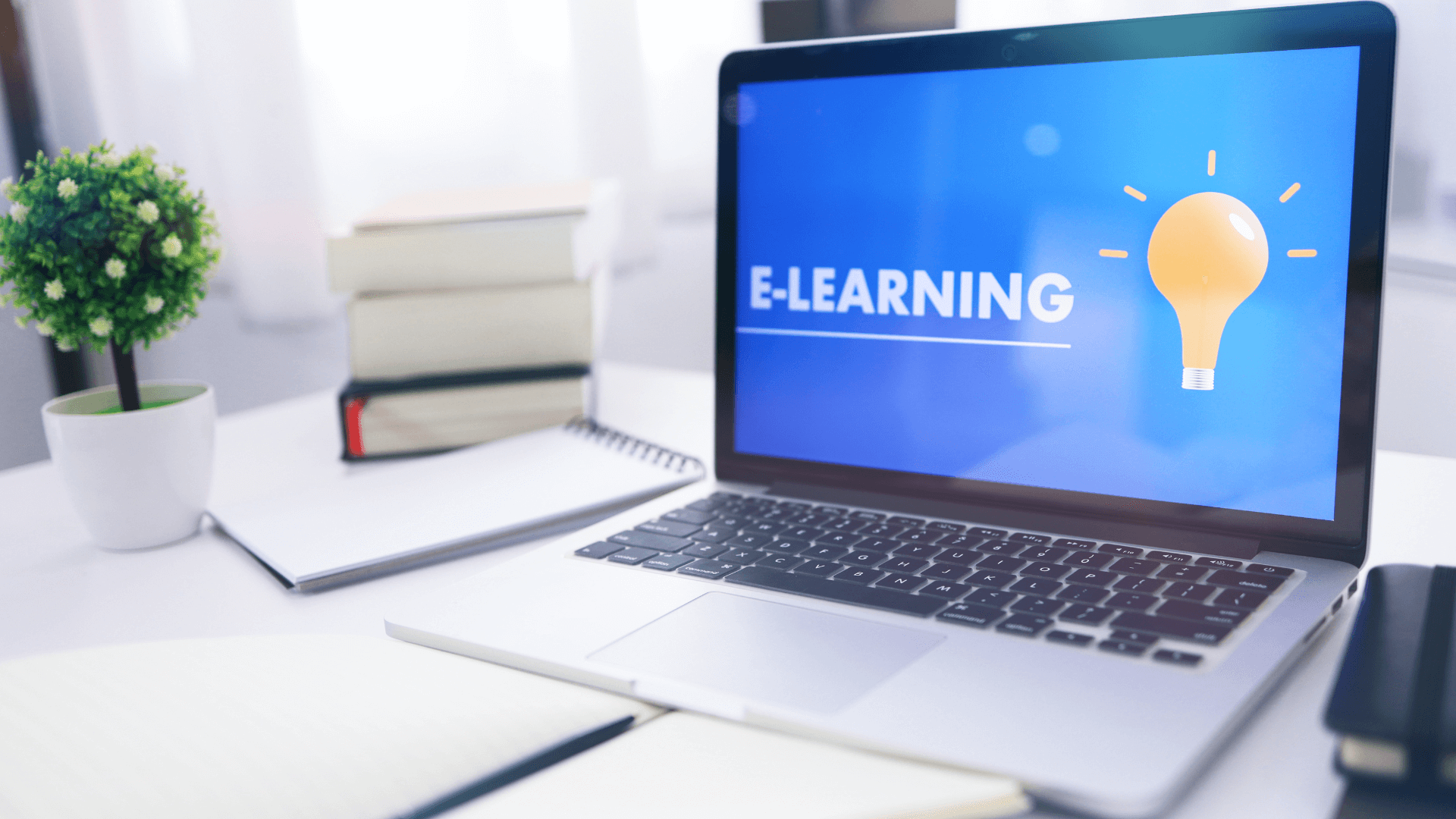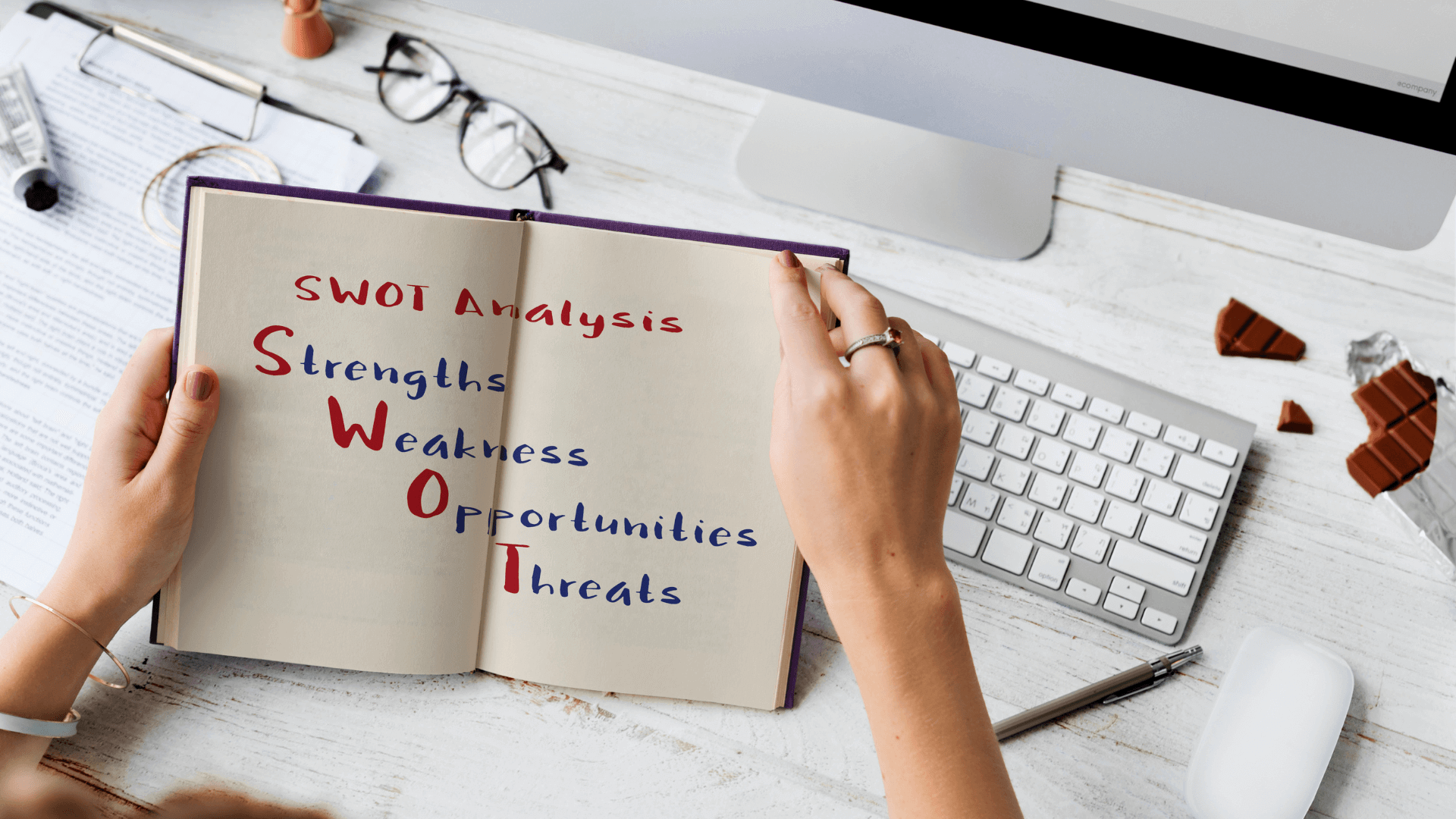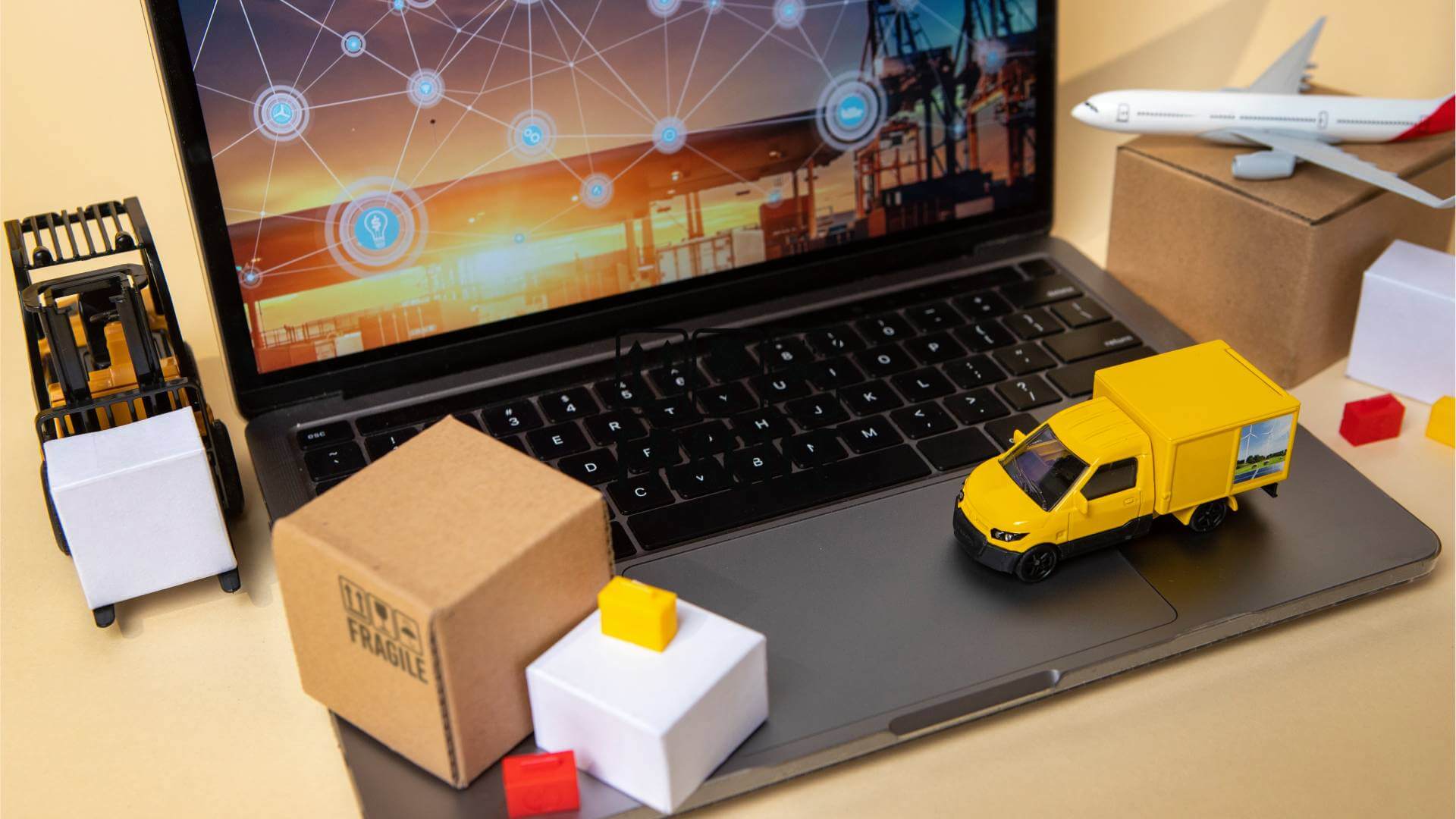In a constantly evolving economic climate, procurement professionals are under increasing pressure to stay abreast of new technologies, market developments, and best practices. Traditional in-person training methods no longer allow for the agility and speed needed to upskill teams. This is where e-learning comes in, revolutionizing the way procurement training and skills development are delivered, managed, and assessed.
Let’s explore how e-learning is transforming procurement learning and why organizations should adopt it as part of their talent development strategy.
1. The Shift from Traditional to Digital Procurement Learning
For decades, procurement teams engaged in in-person seminars, paper-based training, and on-site workshops. While these methods fostered meaningful interactions, they were almost always costly, time-consuming, and poorly scalable.
With e-learning, the model has been reversed. Thanks to digital training platforms, procurement managers can access training anytime, anywhere, covering topics as diverse as fundamentals like spend analysis to advanced modules like supplier relationship management and sustainable sourcing.
This shift enables organizations to create a culture of continuous learning rather than relying on one-off training events.
2. Key Benefits of E-Learning for Procurement Professionals
a. Flexible and Self-Paced Learning
Procurement professionals frequently manage multiple projects and looming deadlines. E-learning offers great flexibility: employees can learn at their own pace, review missed modules, and access learning resources on their schedule. This method allows for training to be delivered with minimal impact on daily operations, while ensuring professional development is a priority.
b. Cost-Effective and Scalable
Unlike traditional in-person training that requires travel, space, and printed materials, e-learning significantly reduces costs. Whether you’re training 10 or 1,000 employees, digital training can be rolled out to multiple departments, or even regions, with minimal additional cost.
c. Up-to-Date and Relevant Content
The procurement landscape is evolving rapidly: new compliance standards, procurement technologies, and sustainable practices are emerging regularly. E-learning platforms allow content to be updated in real time, allowing professionals to acquire the latest practices without waiting for the next in-person workshop.
d. Measurable Learning Outcomes
Today, learning management systems (LMS) help organizations track progress, measure skills, and evaluate the impact of training. Through activities such as quizzes, assessments, and dashboards displaying training data, procurement leaders can identify skills that need improvement and revise development plans as needed.
3. Core Skills Procurement Teams Can Develop through E-Learning
E-learning allows procurement professionals to strengthen the technical and soft skills essential to their success in the modern supply chain. Key areas include:
- Strategic Sourcing and Category Management: Understanding data-driven approaches to supplier selection and cost optimization.
- Negotiation Skills: Interactive modules and real-life case studies that simulate negotiations with suppliers.
- Risk and Compliance Management: Staying abreast of regulatory developments and mitigating global sourcing risks.
- Digital Procurement Tools: Training on e-procurement systems, AI-driven analytics, and automation tools.
- Sustainable Procurement: Learn how to integrate ethical sourcing and sustainability into procurement strategies.
By combining theory with interactive exercises, e-learning platforms make these topics practical, engaging, and immediately applicable to everyday work.
4. Steps to Implement an Effective Procurement E-Learning Strategy?
Embracing e-learning isn’t just about downloading online courses: it requires a structured approach to ensure engagement and real results.
Step 1: Assess Skill Gaps and Learning Needs
Step 2: Choose the Right E-Learning Platform
Step 3: Blend E-Learning with Real-World Application
Step 4: Monitor, Measure, and Improve
5. Real-World Example: The Power of Continuous Procurement Learning
Consider a mid-sized manufacturing company that implemented e-training for its procurement team. After six months of implementation, employees saw a 25% increase in confidence during contract negotiations with suppliers and a 30% reduction in new hire onboarding rates.
By developing a structured online learning tool, the company reduced training costs and developed a more agile and competent procurement team, able to respond to new challenges with increasing confidence.
6. The Future of Procurement Training
The future of procurement training lies in personalized and adaptive e-learning. With AI-driven learning platforms, training can be customized for each learner, recommending specific modules based on their performance, role, and career path.
No more one-size-fits-all training. Procurement professionals can now follow personalized learning paths tailored to their goals, whether they focus on contract analysis, supplier innovation, or digital transformation.
7. Actionable Tips for Procurement Leaders
If you’re interested in incorporating e-learning into your procurement training programs, here are some quick tips:
- Start small but think big: Begin with one or two modules, then expand based on feedback.
- Promote a culture of learning: Recognize and reward continuous learning efforts.
- Keep the content practical: Focus on real-life case studies, not just theory.
- Encourage peer-to-peer learning: Create discussion forums or virtual meetings to share experiences.
- Update content regularly: Keep your modules aligned with the latest industry trends.
Conclusion: The New Era of Procurement Learning
E-learning is more than just a contemporary approach to traditional training; it’s a strategic asset for procurement teams seeking to stay competitive in an increasingly digital world. By adopting flexible, data-driven, and accessible online training, organizations can develop more efficient, faster, and more resilient procurement professionals. If you’re ready to enhance your procurement team’s skills and future-proof your company’s capabilities, contact Procurement Plus, where expertise meets innovation in procurement excellence.




Alright, 8857bet, step right up! Let’s see what you got. Time to test my luck and see if this is the one. Wish me luck! 8857bet